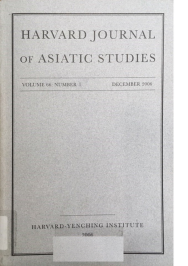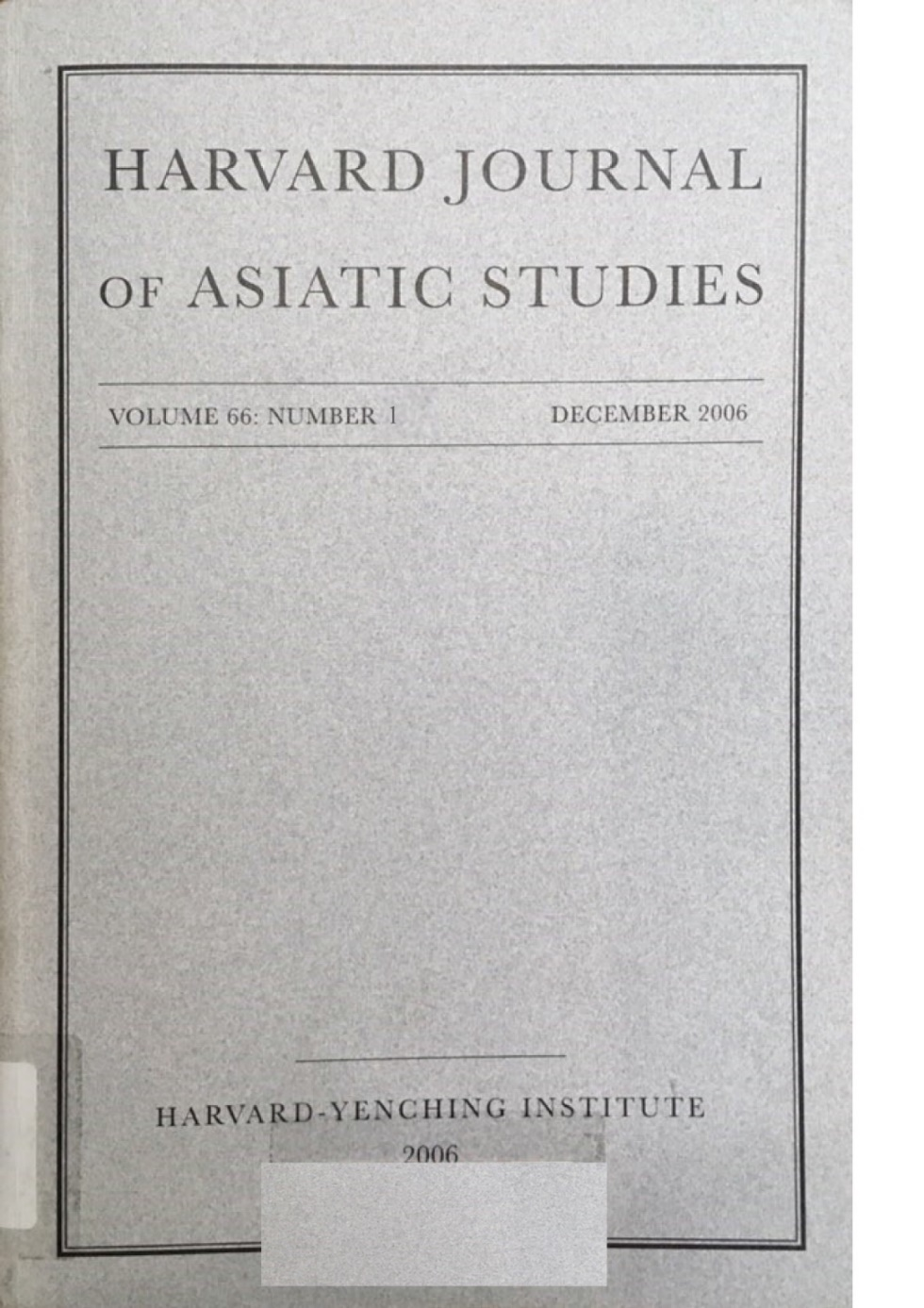
in Harvard Journal of Asiatic Studies, Vol. 66, No. 1 (Jun., 2006), pp.43-103.
中文版見陳金華著,陳志遠、劉學軍譯:《梁武帝內道場的無遮大會》,
載《佛教與中外交流》,上海:中西書局,2016年,第123-168頁
Abstract
To investigate the relationship between Liang Wudi (r. 502-549), "a Chinese King Asoka," and Buddhism, Jinhua Chen focuses on a Buddhist palace chapel installed within Wudi's palace complex and various politico-religious activities held there. Chen pays particular attention to those dharma-assemblies that represented the Chinese version of the Indian and Central Asian institution known as pañcavārṣika (“a feast held every five years and opened to the public”). By reconstructing the form, layout, and history of the palace chapel, and by analyzing the religious, political, and economic functions of the pañcavārṣika, Chen illuminates the sharp tensions between difference sociopolitical and religious forces of that period. Identifying a common paradigm underlying the dharma-assemblies, he further looks at the pañcavārṣika 's impact on Empress Wu (r. 690-705).
>>論文及譯文全文
Abstract
返回列表


